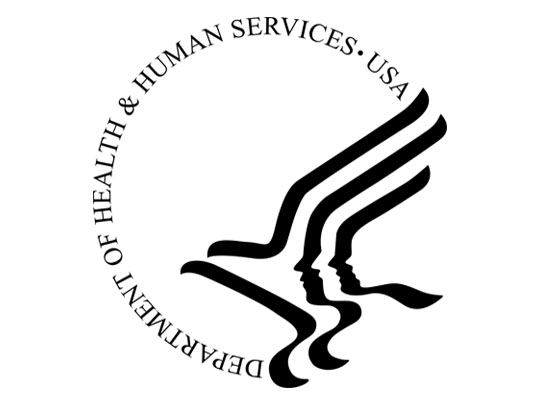HHS to Make Coverage More Accessible and Affordable for Millions of Americans in 2023
Topics
Cross-posted from HHS Newsroom

[December 28, 2021] The Biden-Harris Administration today released the Notice of Benefit and Payment Parameters 2023 Proposed Rule, which would make it easier for millions of consumers to find affordable, comprehensive health coverage in 2023. Among the many policies it advances, the proposed rule aims to improve shopping for health care coverage, establish rules to ensure people can access care, and advance health equity for consumers purchasing Marketplace coverage. Collectively, these proposals build on the Biden-Harris Administration’s priority to build on the Affordable Care Act (ACA), lower health care costs, and make coverage options more equitable.
“Today’s rule is part of the Biden-Harris Administration’s ongoing efforts to ensure an equitable health care system as we continue to make coverage more accessible and affordable,” said Health and Human Services Secretary Xavier Becerra. “We are building a more competitive, transparent and affordable health care market. At the end of the day, health care should be a right for everyone, not a privilege for some.”
“This year, we’ve implemented changes that have helped connect millions of people to health care coverage,” said CMS Administrator Chiquita Brooks-LaSure. “With this proposed rule, we are working to ensure the Marketplaces are a model for accessible, affordable, inclusive coverage—particularly for eligible individuals who have thought comprehensive coverage was out of reach.”
Advancing Standardized Plan Options
Supporting a direct call to action in President Joe Biden’s Executive Order on Promoting Competition in the American Economy, the 2023 Payment Notice proposed rule would require all issuers in the Federally-facilitated Marketplace and State-based Marketplaces on the Federal Platform to offer standardized plan options for every product network type, metal type, and plan classification, as well as in every service area where the issuer will offer Marketplace plans.
Because standardized plan options have a uniform cost-sharing structure, they help consumers to make simple and easy-to-understand comparisons across plans to select a plan that meets their needs. A report released by the Office of the Assistant Secretary for Planning & Evaluation, for example, detailed how standardized plans can improve competition and coverage choice.
Implementing Network Adequacy Reviews
To help ensure consumers have better access to the right type of provider or facility at the right time and in an accessible location, CMS proposes to reestablish federal network adequacy reviews in states utilizing the Federally-facilitated Marketplace. The standards used for these reviews would highlight key characteristics like time and distance to care, as well as appointment wait times.
Strengthening Access to Essential Community Providers
The proposed rule would help improve access to health care for low-income and medically underserved consumers, particularly through essential community providers (ECPs). Issuers would need to include 35 percent of available ECPs in their network for each plan’s service area. The rule would also add Substance Use Disorder Treatment Centers as eligible ECPs.
Prohibiting Discriminatory Practices & Refining Health Plan Designs with Clinical Evidence
The 2023 Payment Notice proposed rule also would explicitly prohibit health insurance issuers from discriminating on the basis of sexual orientation and gender identity. Restoring these protections for covered services—previously removed from the list of non-discrimination protections in 2020—can lead to improved health outcomes in the LGBTQI+ community.
Additionally, this proposal refines the Essential Health Benefits nondiscrimination policy by requiring issuers to rely on clinical evidence as a basis of the health plan design. For example, plans could not be designed to burden people managing chronic conditions with inordinately high prescription costs, absent a clinical rationale.
Reducing Health Care Costs and Further Streamlining HealthCare.gov Operations
The annual payment notice proposed rule also includes a variety of other provisions to streamline Marketplace operations and reduce health care costs. These include scaling back pre-enrollment verification for special enrollment periods (SEPs) to include only the SEP for loss of minimum essential coverage. Additionally, changes to certain individual market plan variants mean subsidized enrollees would see even lower premiums in 2023 and beyond.
For more information on these and other proposals, consult CMS’s fact sheet.
The comment period on the proposed rule will be open for 30 days. To view the proposed rule in its entirety, visit the Federal Register.